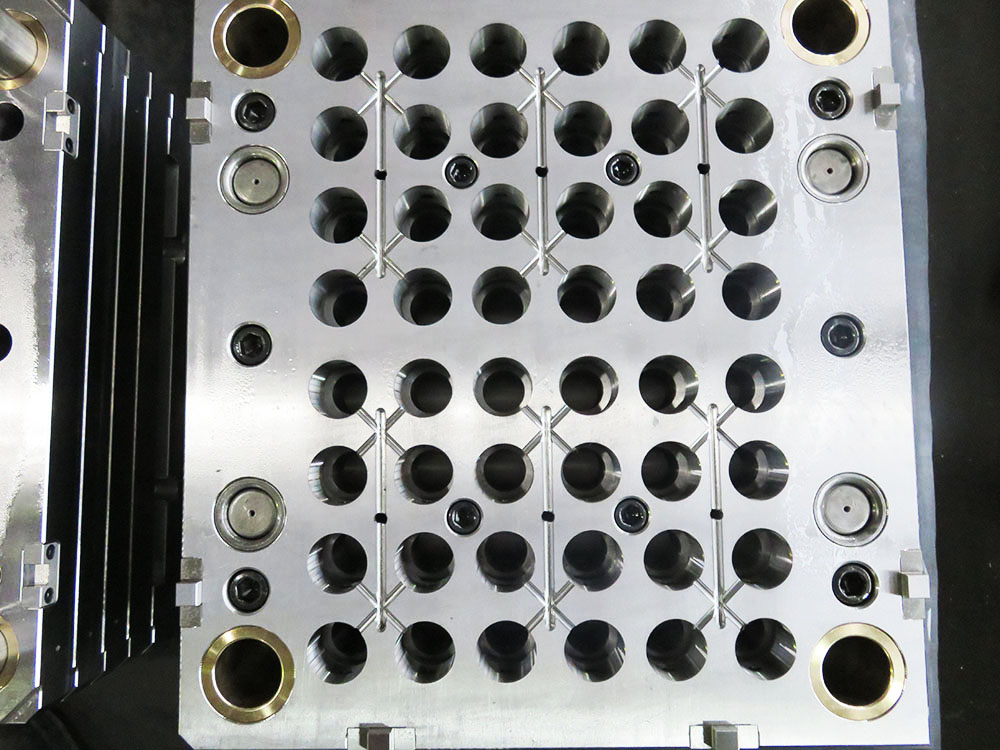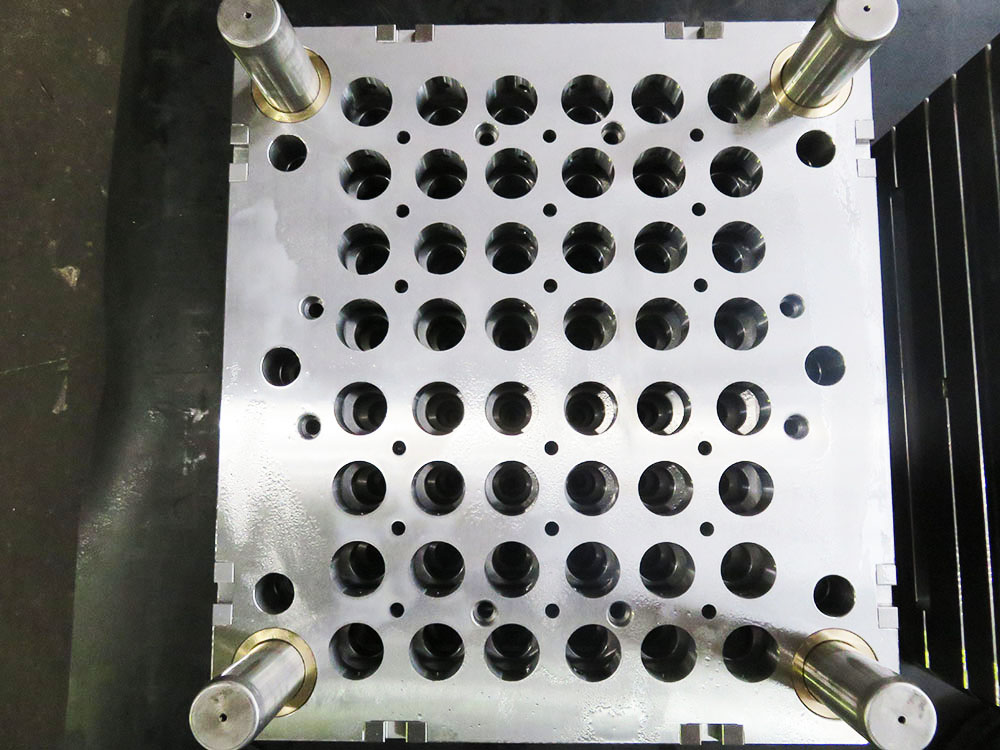An Analysis of High-Support Scaffolding in the Mold Base Industry
Introduction
The mold base industry plays a crucial role in the manufacturing sector. It provides the foundation for the production of various products by housing the mold components necessary for creating intricate shapes and designs. To ensure efficient and effective operations in this industry, the implementation of high-support scaffolding has become increasingly prevalent. This article aims to analyze the importance and benefits of high-support scaffolding in professional settings within the mold base industry.1. Definition and Importance of High-Support Scaffolding
High-support scaffolding refers to the use of external structures or systems that provide support and stability to the mold base. It enhances the functionality of the mold components, allowing for improved precision and accuracy in mold creation. The importance of high-support scaffolding lies in its ability to optimize the manufacturing process, minimize errors, and enhance productivity.2. Enhanced Safety Measures
The implementation of high-support scaffolding significantly improves safety within the mold base industry. By providing robust support to the mold components, the risk of structural failure is minimized. This ensures a safer working environment for technicians and operators, reducing the potential for accidents and injuries. Furthermore, it promotes compliance with safety regulations, thereby avoiding legal implications and financial losses for the industry.3. Increased Operational Efficiency
High-support scaffolding streamlines the production process in the mold base industry by facilitating smooth operations. It enhances the stability of the mold components, reducing vibrations and unnecessary movement during manufacturing. This increased stability allows for higher precision and accuracy in mold creation, resulting in improved product quality. Moreover, high-support scaffolding enables easy access to the mold components, thereby reducing downtime during maintenance or repairs.4. Cost Reduction and Improved Return on Investment
Implementing high-support scaffolding in professional settings within the mold base industry can lead to significant cost reductions and improved return on investment. By minimizing errors and ensuring precise mold creation, rework and scrap rates can be reduced, saving both time and material costs. Additionally, the increased operational efficiency and productivity resulting from high-support scaffolding contribute to overall cost savings and higher profitability.5. Future Developments and Challenges
While the benefits of high-support scaffolding in the mold base industry are widely recognized, there are still challenges to overcome. The ongoing advancement of technology and automation in manufacturing processes presents opportunities for further development in high-support scaffolding systems. However, implementing these advancements may require substantial investments and training for industry professionals.Conclusion
In conclusion, high-support scaffolding plays a crucial role in professional settings within the mold base industry. Its implementation enhances safety measures, improves operational efficiency, reduces costs, and increases return on investment. As the industry continues to evolve, further developments in high-support scaffolding systems are expected, leading to even more efficient and productive mold base operations. The mold base industry should prioritize the adoption of high-support scaffolding to remain competitive and meet the growing demands of the manufacturing sector.



